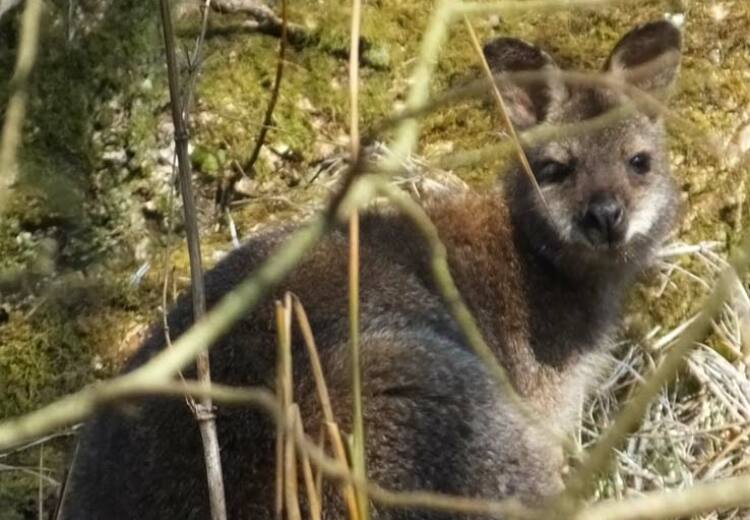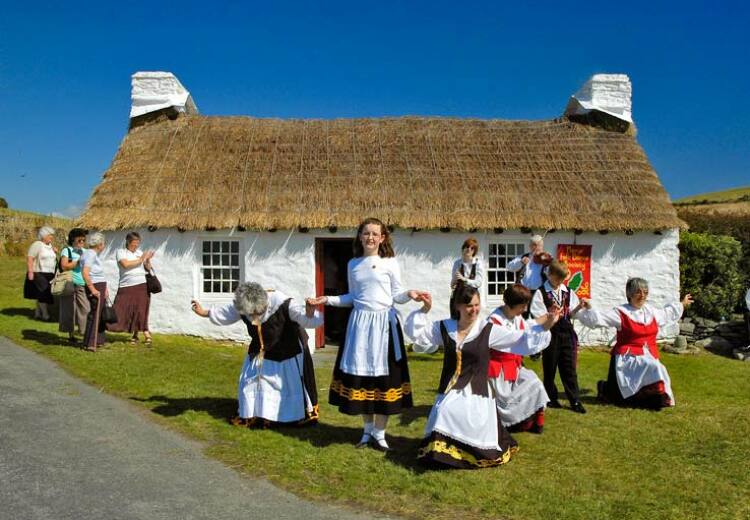On Friday 21st October the Dean of Cathedral Isle of Man was presented with an Award by the Archbishop of York Dr John Sentamu at Bishopsthorpe Palace, for ‘Scientists in Congregations’ sponsored by the Templeton Foundation.
The Revd Professor David Wilkinson on behalf of the ‘Scientists in Congregations’ team said: ‘The Award endorses the Cathedral team’s vison, creativity and commitment to informing the science-faith climate in the church’ in our scientific age.
Specifically the award was for the Cathedral gardens project enabling it to produce curriculum material for young visitors to the site. The Cathedral gardens while dominantly telling the story of the engagement of the church with Manx culture century by century from the time of Christianity’s arrival in the mid 5th century to the present day will be able to viewed in eight ways, three of which are scientific: ‘Animal, Vegetable and Mineral’.
To take one example of how this manifests itself in different gardens:
Animal
The 10th and 11th century ‘Cross Garden’ which shows the transition from Celtic to Norse culture will explore the history of ‘fishing’ – it is likely that during this period the Norse people imported their practice of kippering herring and of course there are the ravens visible on the crosses drawing from Nordic mythology which have become one of the Island’s heraldic symbols.
Vegetable
Throughout the gardens are plants which belong to the entire plant record of the planet from the ferns that date from the Devonian period 360 million ago to comparative newcomers of the Miocene period 25 million years ago when 95% of modern seed plant families existed. In between are interesting plants like the Maidenhair Tree dating from the Permian period 270 million years ago, and the rarest tree on earth of the Triassic period 250 million years ago - the Wollemia Pine and the flowering Magnolia of the cretaceous period 140 million years ago which is pollinated by beetles as it pre-date bees.
Mineral
The 7th - 9th century Keeill Garden will have as its centre-piece a replica of Lag-ny-Keeiley and associated hermit’s cell (Dalby) as if newly completed. The key difference will be that its dry stone wall will have a fault line in it representing two continents colliding (Gondwana and Laurentia) forming the super-continent of Pangea about 270 million years ago.
The Very Revd Nigel Godfrey said, ‘It is obviously great news to be one of the first 10 to receive this Award and it was so interesting to meet others with their great variety of projects from 'Messy Science for young people' to a 'Science Festival at Ely Cathedral'.
There will be a ‘soft opening of half the gardens at Easter 2017
Photo - The Archbishop of York, Dr John Sentamu (left of picture) and Dean Nigel Godfrey of Peel Cathedral (right of picture).








